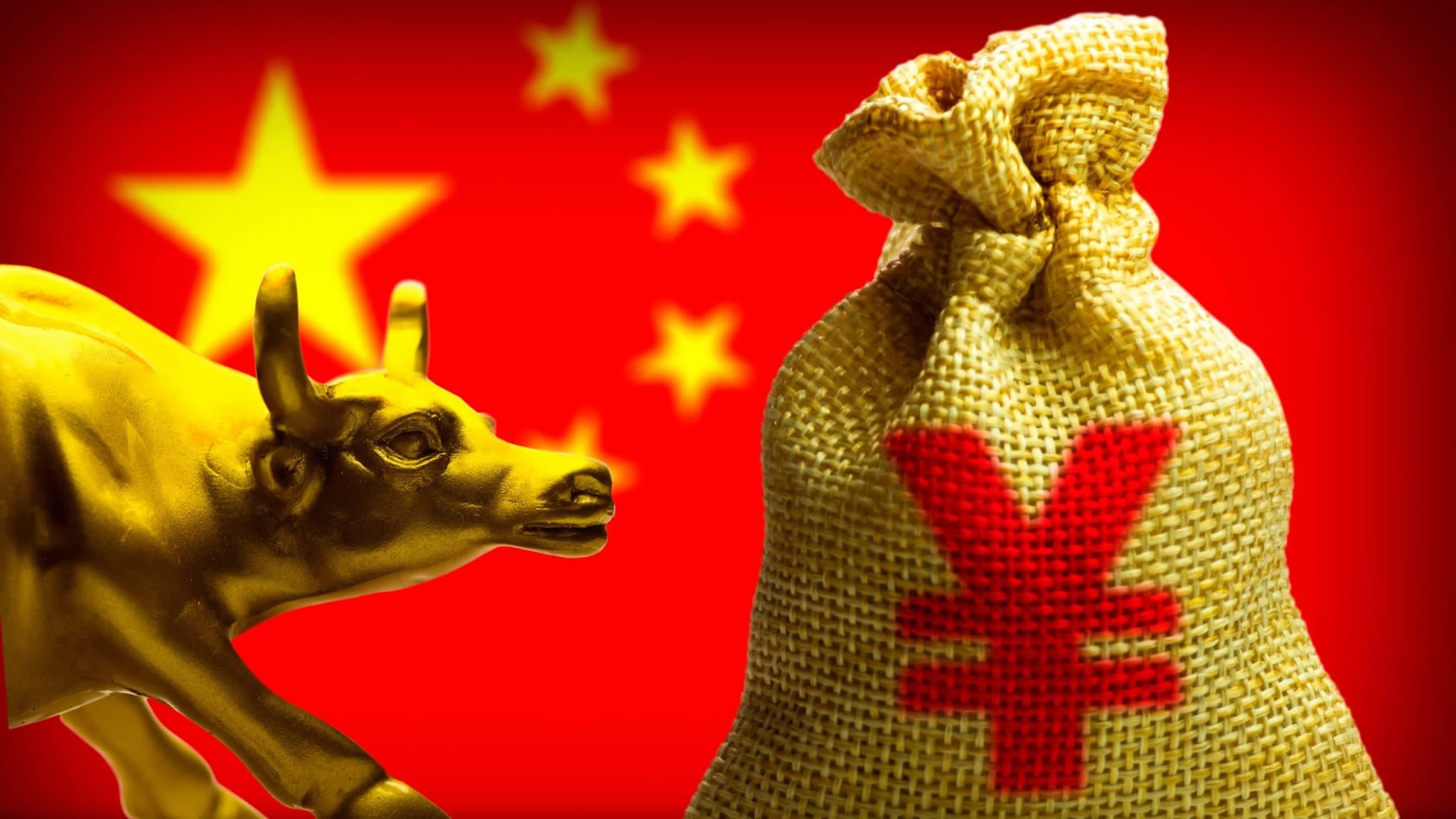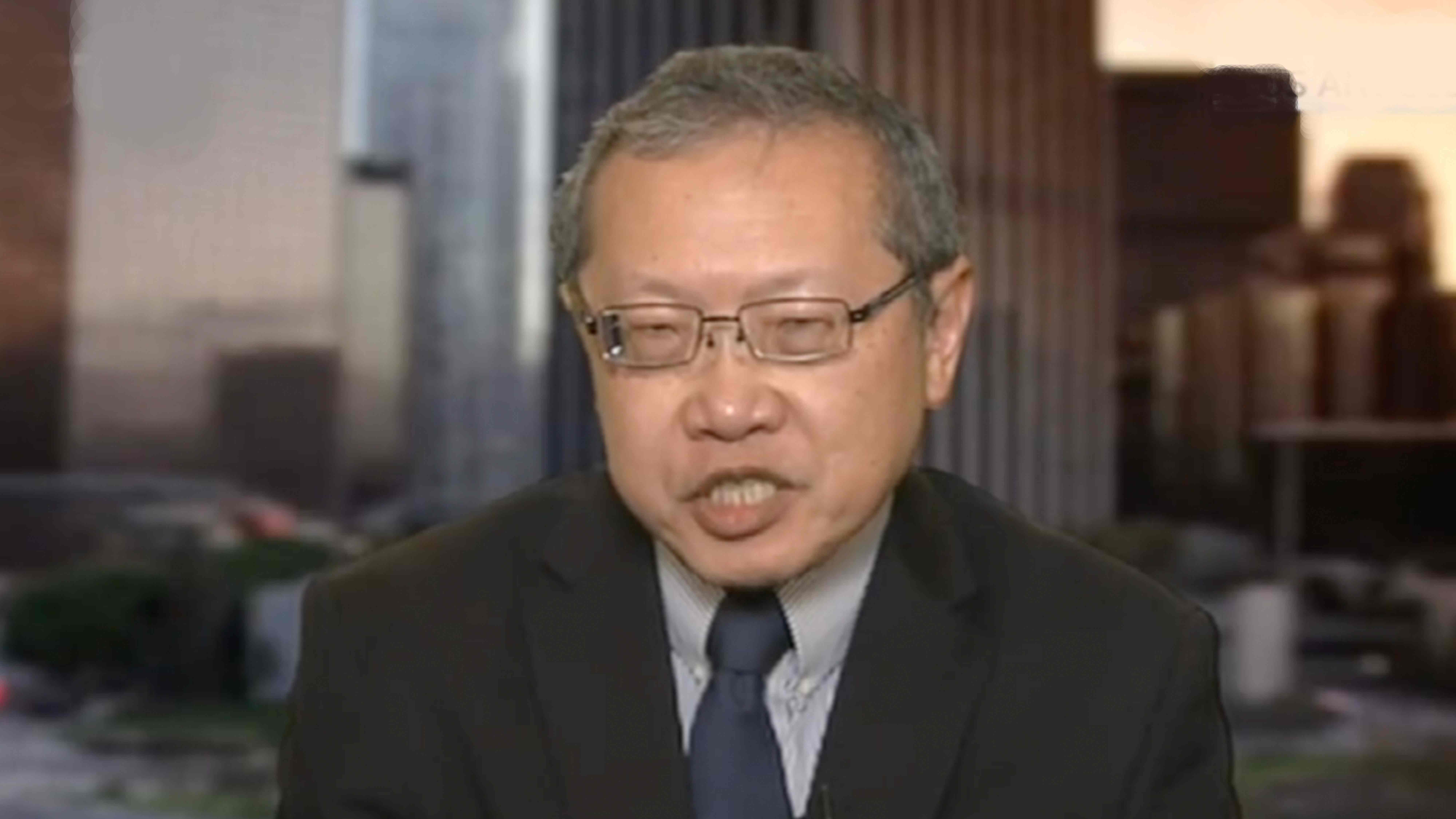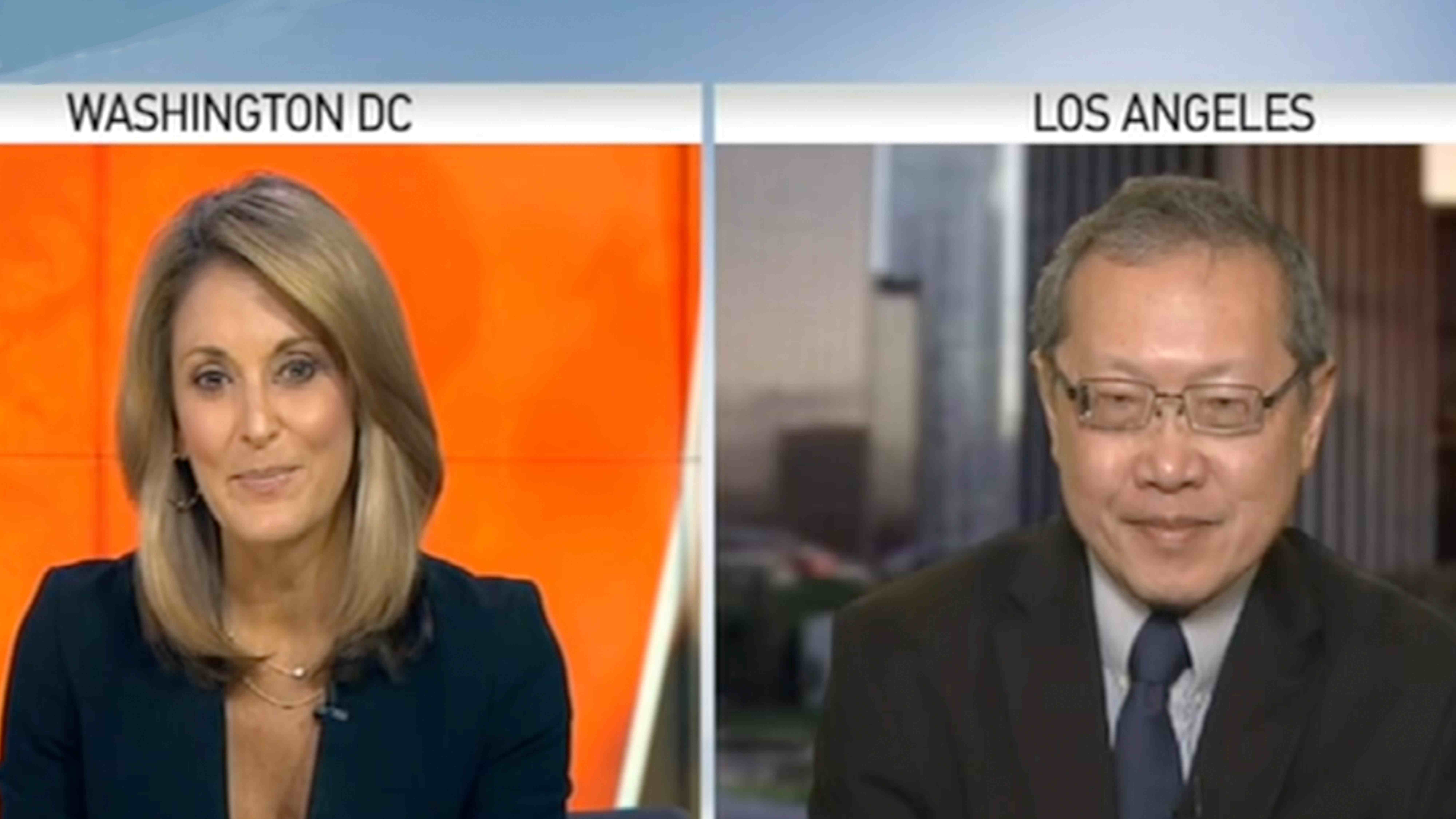
Opinions
20:16, 03-Oct-2017
Renminbi now has stronger impact globally
CGTN

The Renminbi, China's currency, celebrated its first anniversary as a member of the International Monetary Fund (IMF)'s basket of reserve currencies on October 1, China’s National Day.
The Special Drawing Right (SDR) is an international reserve currency created by the IMF in 1969 to supplement its member countries’ official reserves. It can be exchanged among governments for freely usable currencies in times of need.
"Introducing RMB into the basket shows the IMF and international community recognizes how important China is to global trade, not just as a strong large domestic economy," William Lee, chief economist of the Milken Institute told CGTN in an exclusive interview.

Impact of RMB internationalization
According to Lee, the greater international use of RMB makes it more acceptable as a medium of exchange, similar to the US dollar.
"In fact, the decline of the (US) dollar as an importance of trade shows the rise of China in the importance of trade," Lee noted.
China is becoming more important because most global trade flows used to go to the advanced economies, including the US and Europe. But as the larger economies slow down, China is becoming the new hub of global trade. As more and more trades go toward and within China, the use of the RMB is expected to grow even faster.

Yuan vs. dollar fluctuations
As the fifth currency in the SDR basket, yuan (RMB) is included at a 10.92 percent weight. The respective weights of other SDR currencies are: 41.73 percent for the US dollar; 30.93 percent for the Euro; 8.33 percent for the Japanese yen and 8.09 percent for the pound sterling.
The question is: Will the US dollar dominate in the long term?
"In the short term, the US dollar will ultimately still be the dominant trading currency because of its size and the long historical prominence of the US economy, as well as the safe haven still being there," Lee explained.

China's currency the renminbi had been included in the Special Drawing Right (SDR) basket of the IMF in October 1, 2016. /CGTN Photo
China's currency the renminbi had been included in the Special Drawing Right (SDR) basket of the IMF in October 1, 2016. /CGTN Photo
However, Lee predicted this will change in the long run because all of the growth opportunities are likely to increase faster in China than anywhere else in the world. As growth opportunities continue to flourish, the demand for the currency will continue to increase as well.
"Like five or ten years in the future, that is where the trends indicate RMB and the US dollar will start to reverse themselves," Lee suggested.
"RMB becomes more prominent and possibly the US dollar becomes less prominent, or some other advanced economies become prominent, such as the Japanese yen or the euro," he added.

SITEMAP
Copyright © 2018 CGTN. Beijing ICP prepared NO.16065310-3
Copyright © 2018 CGTN. Beijing ICP prepared NO.16065310-3